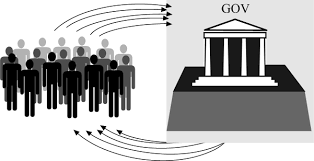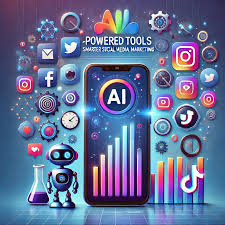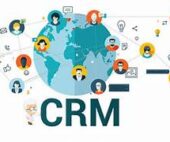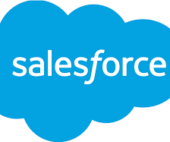Engaging Citizens and Influencing Behavior: A Public Sector Strategy
Engaging citizens and influencing their behavior to achieve mission-critical outcomes follows a model similar to the traditional marketing funnel used in the private sector. By adapting this approach, government communicators can drive tangible results that contribute to the overall well-being of society. Government-Citizen Communication.
Public Sector Communication Objectives:
- Enhance Public Awareness
- Improve Citizen Involvement
- Promote and Transform Online Services
In today’s digital age, citizens expect timely, personalized communication. To meet this demand, government agencies must deliver the right message through the right channels at the right time. A failure to do so risks reduced engagement, which can negatively affect the success of public programs.
Expanding Audience Reach
To maximize citizen engagement, it’s crucial to focus on reaching a broader audience rather than narrowing it. A key question for communicators and their teams to ask is: “How broad is our audience?” This is an essential aspect of the funnel that ensures wider reach and greater impact.
Communication Methods
Public sector communication often utilizes a mix of channels, including radio, newspapers, television, and social media, to connect with the public. Collaboration is vital in this sector, requiring effective communication tools to coordinate across teams, departments, and agencies. As technology evolves, new tools are enhancing how public servants communicate and collaborate.
Technology-Driven Collaboration Tools
Several communication and collaboration tools are reshaping how the public sector operates:
- Video Conferencing Platforms: Tools like Zoom, Microsoft Teams, and Google Meet have become indispensable for remote collaboration, enabling virtual face-to-face communication and screen sharing, regardless of physical location.
- Instant Messaging and Chat Apps: Platforms like Slack, Microsoft Teams, and WhatsApp provide real-time communication, file sharing, and quick decision-making support.
- Project Management Software: Tools such as Trello, Asana, and Jira centralize task tracking, responsibility assignment, and progress monitoring, ensuring streamlined communication on complex projects.
- Document Collaboration Tools: Applications like Google Docs, Microsoft SharePoint, and Dropbox Paper allow team members to collaborate on documents simultaneously, improving workflow efficiency.
- Virtual Whiteboards: Platforms like Miro, Mural, and Google Jamboard enable teams to brainstorm and ideate visually, fostering collaboration and creativity across different locations.
- Internal Social Networks: Networks like Yammer or Workplace by Facebook promote informal communication, knowledge sharing, and collaboration across departments.
- File Sharing and Cloud Storage: Tools like Google Drive, Microsoft OneDrive, and Dropbox offer secure, accessible file storage, enhancing collaboration and ensuring version control.
Best Practices for Government-Citizen Communication
To foster effective engagement, government agencies should implement the following best practices:
- Enable omnichannel communication.
- Offer in-app support for digital public services.
- Ensure regulatory compliance.
- Adopt customer engagement strategies from other industries.
- Send timely, clear communications.
- Make citizens feel heard by encouraging two-way dialogue.
- Provide user-friendly tools for communication.
Secure, Customizable Citizen Communication Solutions
Governments can benefit from a secure, open-source communication tool tailored to public sector needs. Such solutions ensure compliance with data protection laws and foster trust between citizens and government institutions, enhancing public service delivery and digital engagement.
Tectonic’s Conclusion
For optimal citizen engagement, government communicators must focus on expanding their audience reach and utilizing advanced communication tools. In doing so, they can enhance collaboration, drive citizen involvement, and ensure the success of critical public programs.













